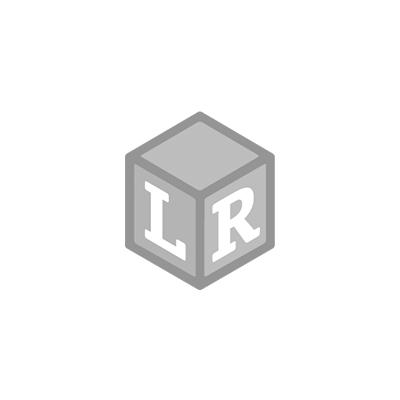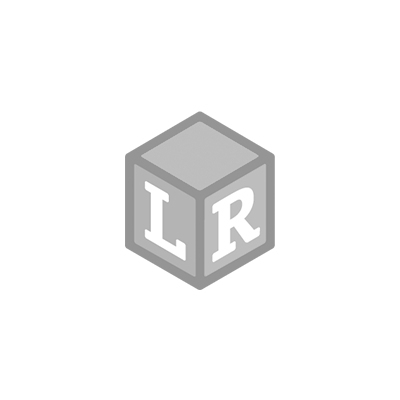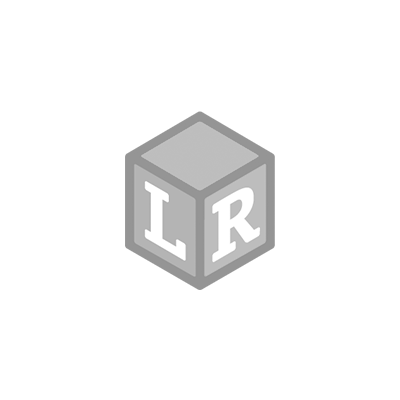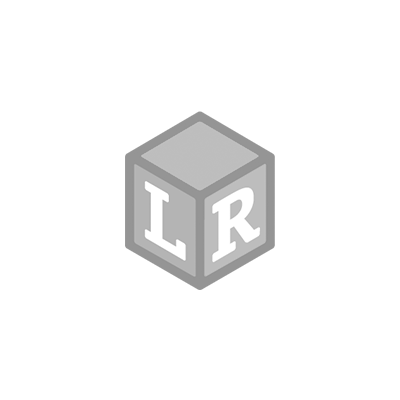
Five Ways to Use Color Cubes to Aid Emerging Readers
- Gabrielle Fischer Posted On Oct 6, 2017 | Reading
At Rolph Literacy Academy at Fundamental Learning Center in Kansas, we teach our students — who have dyslexia or other reading difficulties — to read. Through the years, we have learned some tricks to engage kids who are not natural bookworms to look forward to story time.

We recommend parents and caregivers help readers select books that have subject matter coinciding with a child’s interests. Research also shows reading aloud to children helps build comprehension skills, develop positive feelings about books, increase their vocabulary and more. We love using Learning Resources Color Cubes to help children comprehend text.
Here are five ideas Fundamental Learning Center uses to aid comprehension using Learning Resources Color Cubes:

- Before you begin reading, assign each character a different color represented by the Color Cubes. Each time you are introduced to one of the characters as you are reading, have your child pick up the appropriate-colored block. This helps your child understand the players in your story.
- Before you begin reading, pull out 3-5 vocabulary words from the text. Go over them with your child before you begin. Each time your child encounters one of the vocabulary words as you are reading, have him or her add a block to a vocabulary tower he builds.
- When you are reading with your young reader and encounter a multi-syllabic word, have your child pull down a color cube for each syllable, moving left to right. Segmenting words into syllables helps emerging readers understand how words are built. This can also be done while segmenting sentences into single words.
- If you are reading a non-fiction book, assign one colored block to stand for main idea, and one block color to represent supporting details. As you read, come up with main ideas and supporting details for the subject matter, using the blocks to help you keep track.
- Write the following words, one on each block: who, what, where, when and why. After you are finished reading the book with your child, use the cubes to ask him or her each question as it pertains to the plot of the story. Who was this story about? What happened? Where did it take place? Etc.
As you can see, Learning Resources Color Cubes can help emerging readers engage with the words in books. For more specific training on how to assist your emerging reader, visit funlearn.org and check out our curriculum and training to assist emerging readers, “The Sound Case.”
 Shop UK Site
Shop UK Site 








